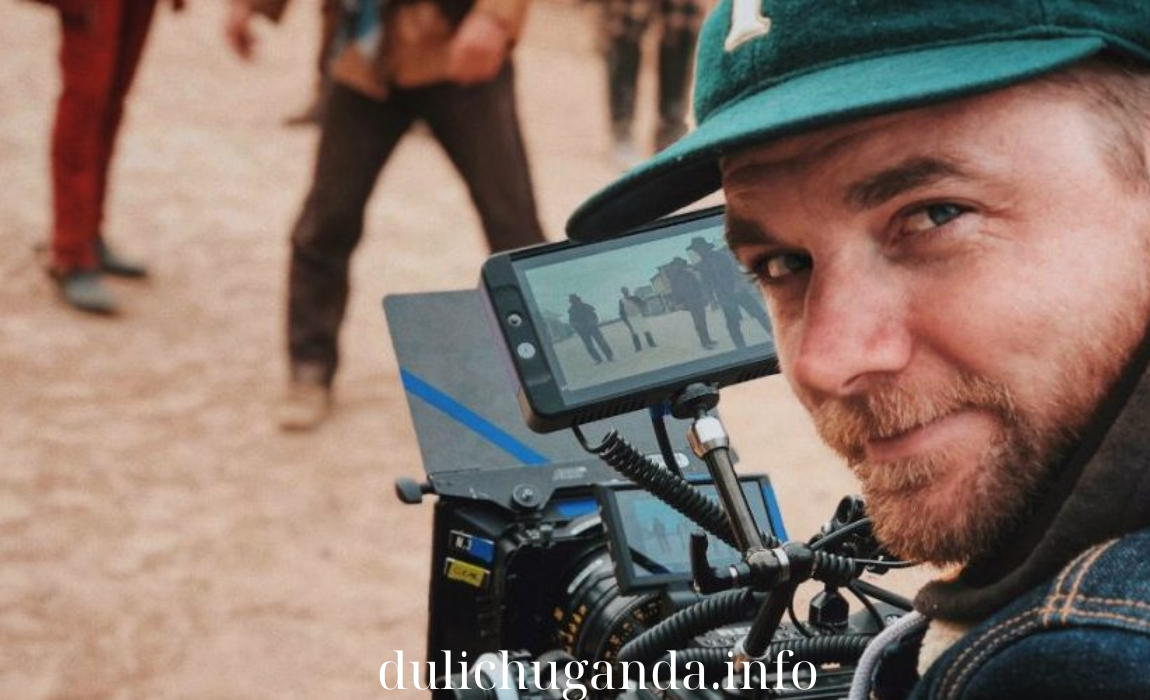The film industry is evolving rapidly, driven by technological advancements, shifting viewer preferences, and global events. From the rise of streaming platforms to innovations in visual effects and immersive experiences, several key trends are reshaping the future of filmmaking. Here’s a look at the most significant industry trends influencing the direction of cinema and what filmmakers and audiences can expect in the coming years.
1. The Dominance of Streaming Platforms
Streaming platforms such as Netflix, Amazon Prime, Disney+, and Hulu have transformed the way audiences consume films. With the convenience of on-demand content, viewers no longer need to visit theaters, and streaming services are delivering high-quality, original content to satisfy global demand.
- What’s Driving the Trend: Streaming platforms have invested heavily in original films and series, offering more creative freedom to filmmakers and reaching wider audiences. The pandemic accelerated this shift, with many major releases debuting on these platforms instead of in theaters.
- Future Impact: Streaming is likely to continue dominating the distribution landscape. We can expect more direct-to-digital releases, with studios focusing on high-budget streaming exclusives, alongside theatrical releases for blockbuster films.
2. The Rise of Virtual Production
Virtual production is revolutionizing the way films are made. This technique, which gained widespread attention with Disney’s The Mandalorian, combines real-time rendering technology with digital sets, enabling filmmakers to create complex environments without the need for on-location shoots.
- What’s Driving the Trend: Virtual production allows for greater creative control, reduces costs, and offers more flexibility in shooting schedules. Using LED walls and game-engine technology, filmmakers can create immersive, photorealistic backgrounds and seamlessly blend live-action footage with computer-generated imagery (CGI).
- Future Impact: As the technology becomes more accessible, virtual production is set to become a standard in the film industry. Expect more films to use this approach, which will allow for imaginative and visually stunning content while cutting down on location-based shoots and travel expenses.
3. Diversity and Representation in Storytelling
The call for more diverse voices in filmmaking has gained momentum in recent years, leading to greater inclusion of underrepresented communities both in front of and behind the camera. Filmmakers are pushing for stories that reflect a broader range of experiences, cultures, and perspectives.
- What’s Driving the Trend: Audiences and critics alike are demanding better representation, and studios are responding by supporting projects led by diverse creators. Films like Black Panther, Parasite, and Crazy Rich Asians demonstrated the commercial and critical success that can come from diversity in casting and storytelling.
- Future Impact: With more inclusive stories being produced, the industry is likely to see continued growth in global markets. There will be a greater focus on telling culturally rich, authentic stories that resonate with diverse audiences worldwide.
4. Advancements in CGI and VFX Technology
The use of CGI (Computer-Generated Imagery) and VFX (Visual Effects) has always been an essential tool in filmmaking, but the technology has advanced to unprecedented levels of realism. Filmmakers are now able to create highly detailed, lifelike environments and characters that were once impossible to achieve.
- What’s Driving the Trend: The rise of powerful rendering software and advances in motion capture technology are making CGI more accessible and realistic. Films like Avengers: Endgame and Dune pushed the boundaries of visual storytelling with groundbreaking visual effects.
- Future Impact: We can expect to see even more sophisticated CGI in films, with VFX playing an increasingly integral role in genres beyond just science fiction and fantasy. Virtual characters and fully digital environments will become more common, making it possible to create stunningly realistic films without relying on traditional sets.
5. Immersive Viewing Experiences: VR and AR in Film
Virtual Reality (VR) and Augmented Reality (AR) are emerging as new frontiers in film, offering viewers immersive and interactive experiences. These technologies allow audiences to engage with content in ways that go beyond traditional 2D viewing, providing a more personal and dynamic experience.
- What’s Driving the Trend: The development of VR and AR headsets, as well as platforms that support immersive content, is opening up new storytelling possibilities. Filmmakers are experimenting with ways to create films that are not only watched but experienced, giving audiences a sense of presence within the story.
- Future Impact: As VR and AR technologies continue to improve, more films will be created specifically for these platforms, offering new dimensions of storytelling. Filmmakers will develop content that encourages viewer interaction, creating a hybrid form of entertainment that blends gaming and cinema.
6. Sustainability in Film Production
As environmental concerns become more pressing, the film industry is taking steps to adopt sustainable practices. From reducing carbon footprints during production to promoting eco-friendly methods in set construction, studios are increasingly focused on minimizing their environmental impact.
- What’s Driving the Trend: Consumer awareness and corporate responsibility are driving the push for greener practices. Major studios like Warner Bros. and Netflix have already pledged to achieve net-zero emissions by focusing on sustainable production methods, including using renewable energy, reducing waste, and limiting travel.
- Future Impact: Sustainability will become a key factor in film production. Studios will continue to adopt green practices, and we may see new certifications or industry standards for eco-friendly filmmaking. Audiences may also become more conscious of supporting films that prioritize sustainability.
7. Data-Driven Storytelling and AI in Filmmaking
Data analytics and artificial intelligence (AI) are starting to play a more significant role in filmmaking, from pre-production to marketing. AI tools can analyze audience preferences, trends, and viewing habits, helping filmmakers make more informed creative and business decisions.
- What’s Driving the Trend: Streaming platforms and social media have given studios access to vast amounts of user data, which can be used to predict trends and determine what types of stories and genres are likely to succeed. AI is also being used to streamline scriptwriting, editing, and casting decisions.
- Future Impact: AI and data-driven tools will continue to evolve, helping filmmakers tailor content to specific demographics while improving the efficiency of production processes. However, there is a delicate balance between leveraging data and preserving the creative integrity of the filmmaking process.
8. Hybrid Distribution Models: Theater and Streaming
The traditional cinema-first release model has been upended by the rise of streaming platforms, particularly in light of the pandemic. Hybrid release models, where films are released both in theaters and on streaming services simultaneously, have become more common.
- What’s Driving the Trend: The pandemic accelerated the shift towards digital distribution, with studios realizing the potential of releasing films on streaming platforms without losing significant revenue. Hybrid models allow filmmakers to reach audiences who prefer streaming while still offering the theater experience for blockbuster films.
- Future Impact: Hybrid releases are likely to remain a popular model moving forward, especially for mid-budget films. Major blockbusters will continue to prioritize theatrical releases, but the flexibility of digital platforms offers new avenues for indie films and documentaries to reach wider audiences.
Final Thoughts
The future of film is being shaped by a combination of technological innovation, evolving audience expectations, and global trends. As filmmakers explore new ways to create and distribute content, the boundaries of storytelling will continue to expand, offering richer, more immersive experiences. Whether through cutting-edge CGI, inclusive narratives, or the rise of VR, the film industry is poised for an exciting transformation that will redefine the way we experience cinema.






